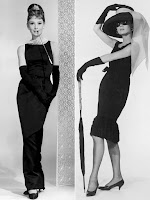La Chaux-de-Fonds is a Swiss city in the canton of Neuchatel. It is located in the Jura mountains at an altitude of 1000 m, south of the French border. After Geneva, Lausanne and Fribourg, it is the fourth largest city located in the Romandie, the French speaking part of the country, with a population of around 40,000.

The City was founded in 1656. Its growth and prosperity is mainly bound up with the watch-making industry. It is the most important centre of the watch making industry in the area known as the Watch Valley. Partially destroyed by a fire in 1994, La Chaux-de-Fonds was rebuilt following a grid street plan, which was and is still original among Swiss cities, the only exception being the eastern section of the city, which was spared of fire. La Chaux-de-Fonds is a renowned centre of Art nouveau.

The site of La Chaux-de-Fonds / Le Locle watching town-planning consists of two towns situated close to one another on land ill-suited to farming. Their planning and buildings reflect watchmakers' need of rational organization. Their layout along an open-ended scheme of parallel strips on which residential housing and workshops are intermingled reflects the needs of the local watchmaking culture that dates to the 17th century and is still alive today. It is also the home of the Musee International d'Horlogerie considered as an important showcase for the history of the timekeeping arts.
These twin manufacturing towns demonstrate outstanding universal value and constitute an exceptional example of organic urban ensembles entirely dedicated to a single industry. They have been constructed by and for watchmaking.






























